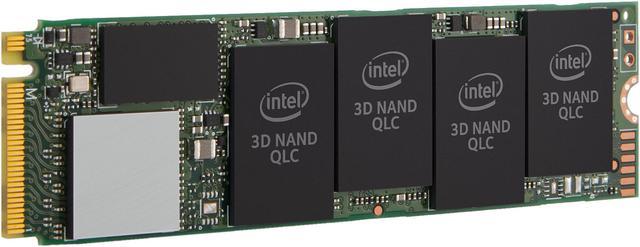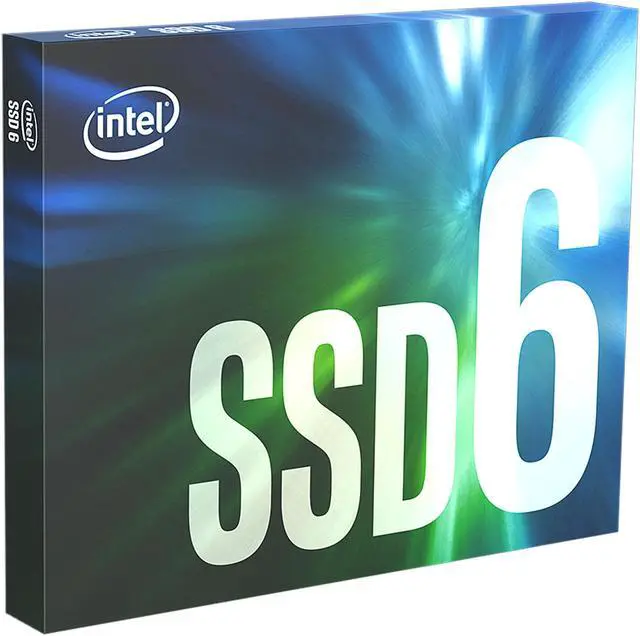
Combining PCIe standard with Intel QLC 3D NAND technology, the Intel 660p Series SSD delivers blazing data transfer speed and enables the possibility of high capacity. Its ultra-compact M.2 form factor makes it a perfect choice to boost the performance of any slim modern laptops. Together with affordability, it is a great SDD upgrade.

Empowered by Intel’s innovative Intel QLC Technology, the Intel SSD 660p offers higher capacities at a lower cost than TLC-based options1. With PCIe, the new SSD 660p skips SATA and its limitations to provide up to 2TB in one drive.

These client SSDs pack more data than TLC-based storage, allowing up to 2x more capacity in identical footprints. The thin M.2 80mm form factor makes it perfect for notebooks, desktops, and mobile devices that need storage for everyday computing.

The SSD 660p hits the marks that matter for client SSDs. This drive is tuned to deliver a capacity optimized NVMe performance and deliver an intelligent storage option for mainstream and entry-level computing.
| Model Name | Intel Solid State Drive 660p Series |
|---|---|
| Capacity (GB) | 512, 1024 (1TB), 2048 (2TB) |
| NAND Flash Memory | 64-layer, QLC, Intel 3D NAND |
| Interface | PCIe 3.0 x 4, NVMe |
| Form Factor, Height, Weight | M.2 2280, 80mm, <10 grams |
| Power Consumption | Active: 100mW, Idle: 40mW |
| Operating Temperature | 0 °C to 70 °C |
1. Intel SSD 660p 512GB vs Intel SSD 545s 512GB ($109.99)
2. 2x more capacity in identical footprints based on specification comparisons between the Intel SSD 660p Series (up to 2TB) and Intel SSD 600p Series (up to 1TB).









